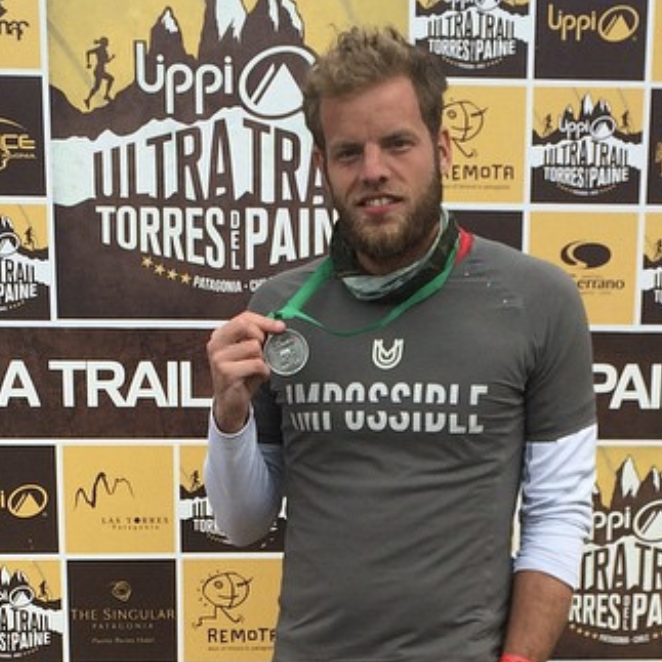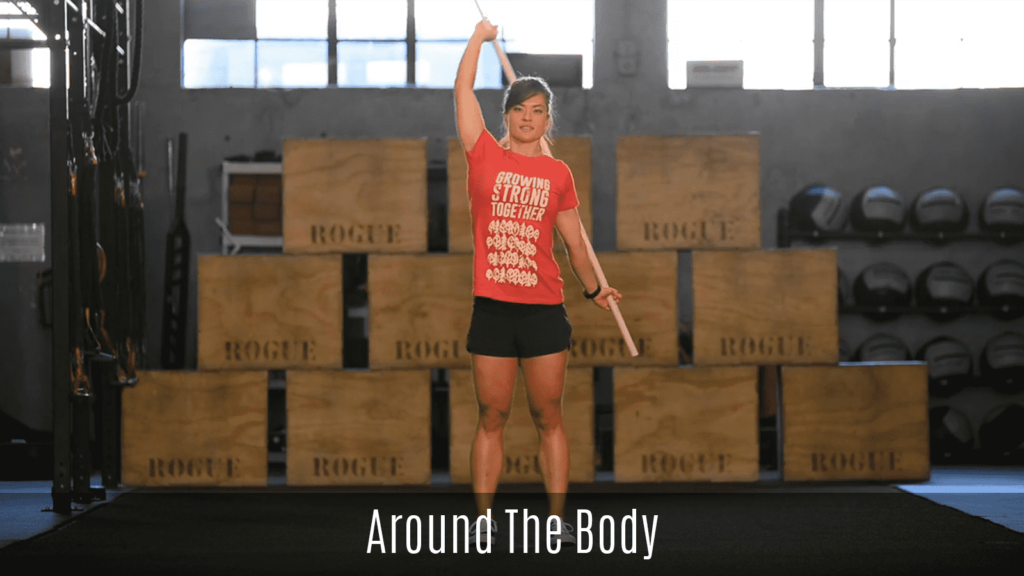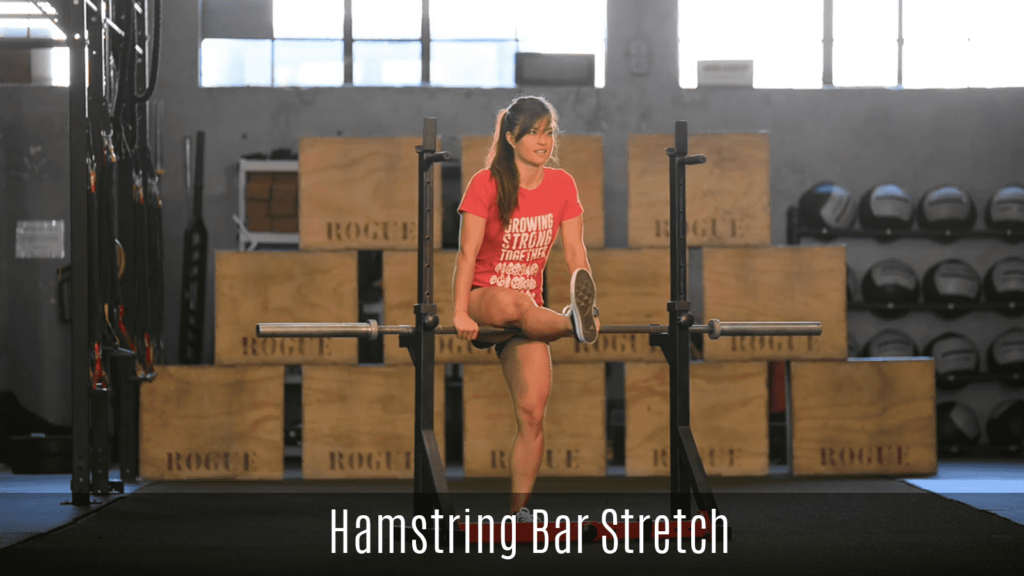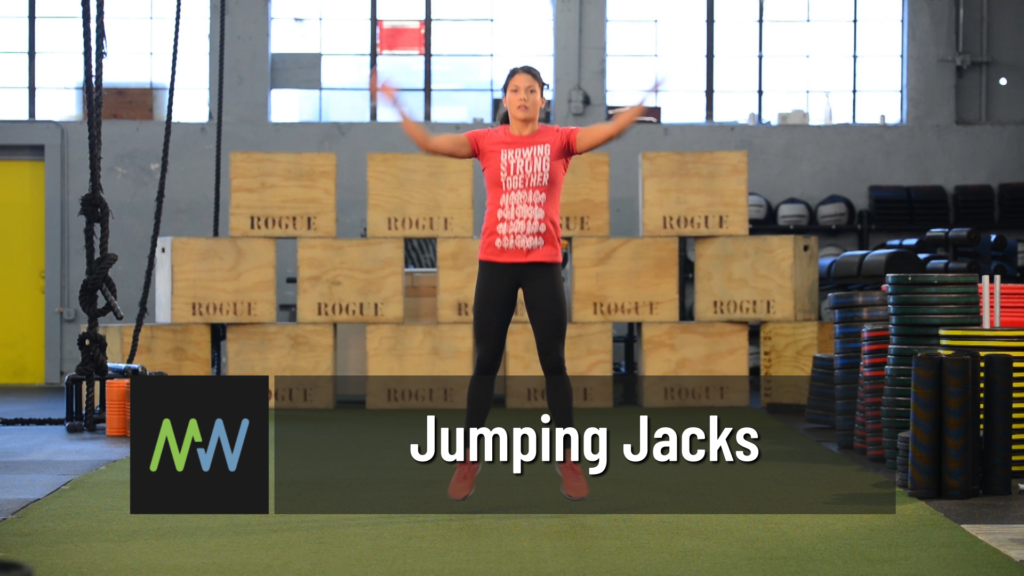It may seem like a majority of the stretches listed in our database are focused on the hips. Well, that is because the hips are an area that commonly experiences tightness. While there can be a number of different reasons as to why this is the case, a strong argument can be made for the fact that a majority of our population spends long periods of time in seated positions.
The rise of office work (or working from home in today’s times) has many of us planted in front of a computer for hours on end. If this is you, you have probably experienced that feeling of tightness in the hips or hip flexors. When we sit for long periods of time, it can lead to a shortening of the muscles, specifically the iliopsoas. This is what can cause tightness or even pain in the hips.
For this reason, we want to provide you with a variety of stretches and poses that can relieve any tightness you might feel in your hip joint. This is where the low dragon pose comes into play.
The low dragon stretch is a great hip opener that also has a variety of modifications to make it meet your needs. This article will explain how to perform the low dragon stretch, what muscles benefit from regular practice of it, and the ways that you can modify it.
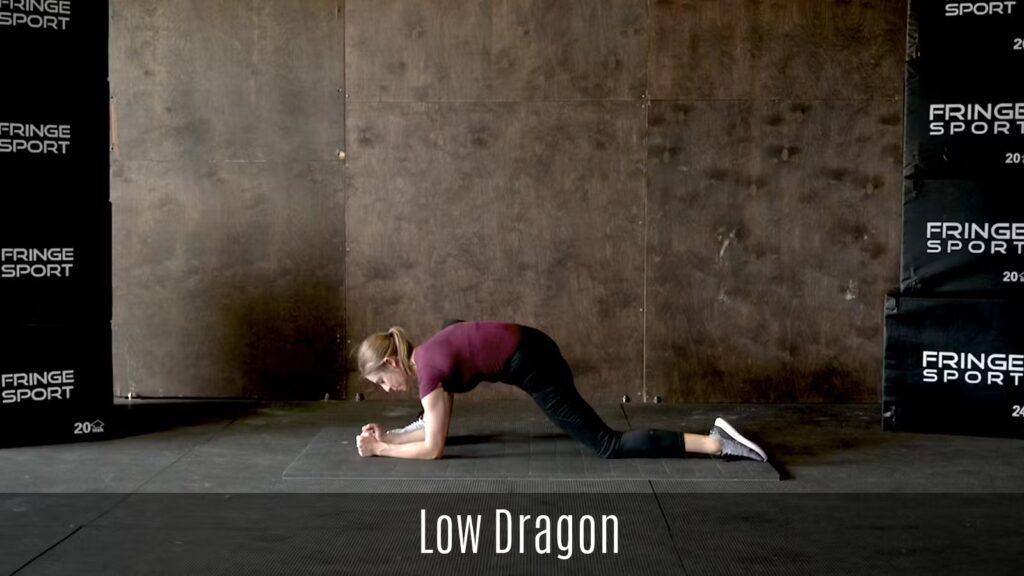
What is the Low Dragon?
The dragon pose is a stretch that you commonly see in yoga practice. It is performed in a lunge position and specifically targets the hips and groin muscles. All you need to perform this stretch is enough room of the floor to come into a lunge position and a yoga mat or padded surface. If placing your knee on the ground is irritating, we also suggest having a blanket or towel nearby to pad the joint.
This pose starts in Tabletop position. This means that the hands are placed on the floor directly under the shoulders and the knees are on the floor under the hip points. In Tabletop position, your gaze should be focused on the ground to ensure correct neck alignment and the spine should be in the neutral position. Think about pulling your belly button in towards your spine to help find this position.
From Tabletop position, lift your right leg up and bring it forward to rest outside of your right hand. Then, extend your left leg behind you and place your knee on the ground. Lastly, come down onto both of your forearms. This is the low dragon pose.
Hold this pose for a set amount of time. We recommend staying here in this position for at least 30 seconds, but perhaps even longer if you feel like your hips could benefit from it.
When you have held the position for your desired amount of time, slowly come back to the Tabletop pose. Come up onto your palms, move your back leg back up, and then bring your front leg back to come onto all fours. Complete the movement on the opposite side, holding for the same amount of time.
Benefits of Low Dragon
We’ve already discussed how this pose can really help open the hips and increase mobility within the hip joint. You will most likely feel a big stretch in the quadricep muscles as well. If you do a lot of exercising that utilizes your lower body, this should be a stretch that you complete weekly to help with recovery and increased flexibility and mobility.
Many sources also say that low dragon can also provide much-needed relief from sciatic nerve pain or sciatica. If you do suffer from sciatica, we recommend consulting with your personal healthcare professional before attempting this stretch just to make sure that it is safe for you to perform. Once you get the green light from your doctor, physical therapist, or chiropractor, then feel free to perform as needed to help relieve any pain that you might experience from this condition.
We also love a stretch that has many variations that you can perform depending on your personal anatomy and mobility needs. Dragon is one such pose. If the low dragon variation is not accessible for you at this time, there are a number of ways to modify it to meet your needs.
Low Dragon Modifications
The first way to modify the low dragon is to stay elevated onto your hands instead of coming down onto the forearms. This should decrease the intensity of the stretch.
If the knee feels sensitive bearing weight on the floor, you can pad the knee by placing a rolled-up blanket or towel underneath it. You can also do the same thing to the ankle if needed.
You can also place a yoga block under the front thigh to help you relax more deeply into the pose. Place the yoga block vertically and then rest your thigh on top of it.
If you ever feel pain, please come out of the pose.
Starting in a tabletop position, step one foot outside the hand. The back knee stays on the floor or lifts up depending on your ability. Slowly lower to the forearms and hold position.
